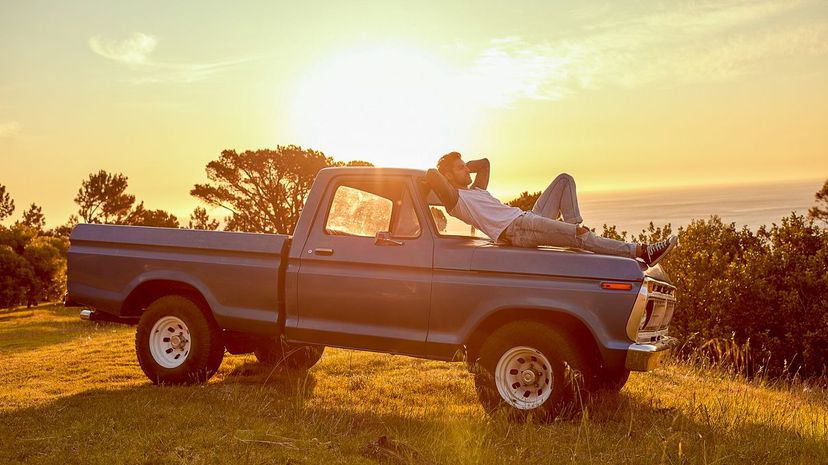
About This Quiz
Although most modern pickup trucks drive just as easily as a car, there's often a change of attitude when someone climbs up into an F-150, Silverado or another model and gets behind the wheel. They feel more capable, knowing that their bigger vehicle can get jobs done that a typical car couldn't even begin to handle. They look down on other cars with just a little bit of pity, wondering if the drivers of those vehicles even know what they're missing. People who drive trucks — for a living or just because they love them — can feel a bond with each other.
And, as with other groups, people sharing that bond — a brother and sisterhood of truck driving — develop their own language. Do you think you know enough about that world to pass a test about that language?
Pickup trucks can range in size from compact vehicles to heavy-duty monsters, depending on the job the driver needs to do. Each vehicle has its strengths and drawbacks, and drivers over the years have developed their own colorful language to communicate with each other. Some of these terms might sound self-explanatory, but others have a story behind them.
Do you speak truck natively, or have you picked up a few phrases here and there and think you could get by? Now's the time to step up and find out how eloquent you can be when it comes to vehicles that can tow their own weight. Think you can pull yours? We're about to find out!

A truck's tonneau is considered to be the open area of the bed. It comes from the French word for "cask" or "barrel" and originally referred to the open passenger compartment at the rear of a car (which was often shaped like a barrel). Many trucks have tonneau covers that go over the bed.
Advertisement
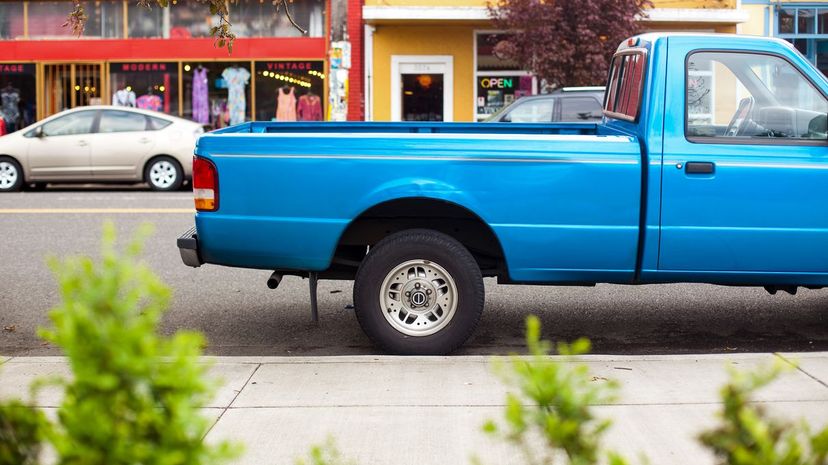
Different manufacturers have different names for pickups with more than one row of seating, but the basic two-door, one-row truck is usually referred to as having a regular cab. "King," "double" and "extended" all have four doors and more seating.
Advertisement

The Ford F-150, Chevy Silverado 1500, Ram 1500 GMC Sierra 1500, Toyota Tundra, Nissan Titan and other similarly sized trucks all fall within the half-ton category, which includes full-sized trucks on the lower end of the scale when it comes to payload capacity.
Advertisement

Different pickup trucks have different sized beds. For a full-size truck, a long bed usually means the bed is 8 feet long. A compact truck might have a bed only 5.5 feet long.
Advertisement
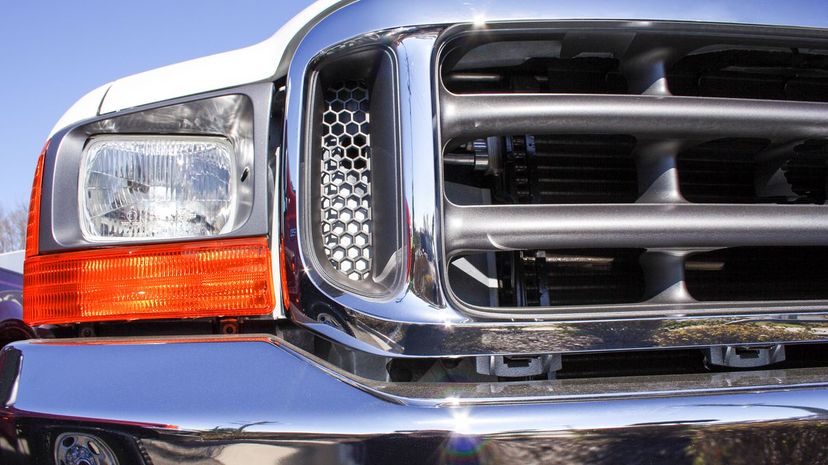
Some truck drivers call trucks with diesel engines "oil burners." Diesel trucks have some advantages over their gas-burning cousins, including increased torque (better for towing heavy loads), better gas mileage and often cost less. They are harder to start when it's cold, however.
Advertisement
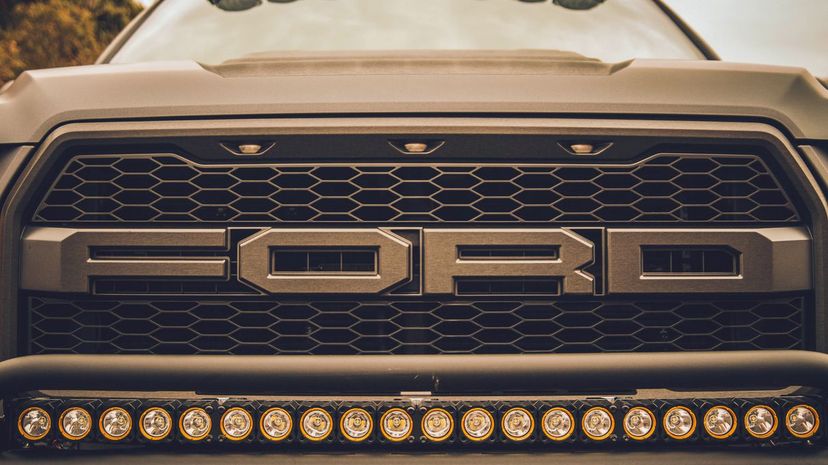
When a truck is painted black, has black emblems and badges, has window tinting and everything else that can be dark is made dark, it is considered a "blackout" truck. Some trucks come in "blackout" styles straight from the factory, while others are "blacked out" as an aftermarket alteration.
Advertisement
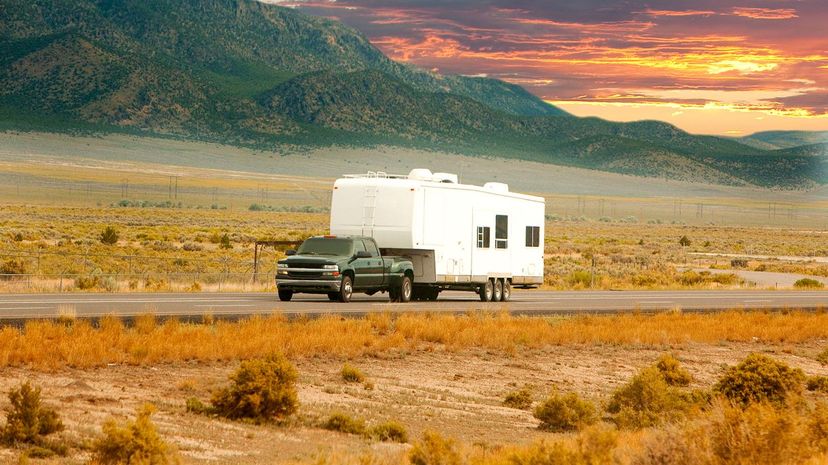
A "doolie," also called a "dually" or a "DRW," is a heavy-duty pickup truck with dual rear wheels. These vehicles are generally used to haul heavy loads and usually have augmented brakes and shocks, as well as large engines.
Advertisement
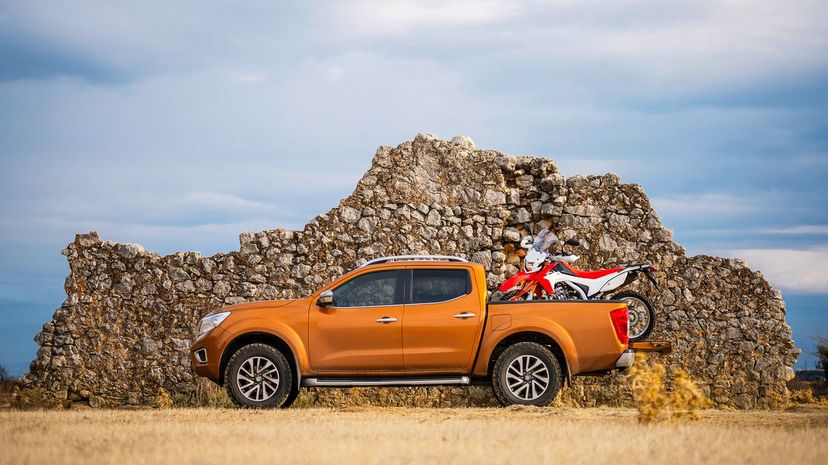
When you take your pickup truck off-road, you're going to need some extra protection once you leave the nice, smooth paved roads. Items such as tubular side steps and bumpers, skid plates and other materials that protect the truck is highly suggested.
Advertisement
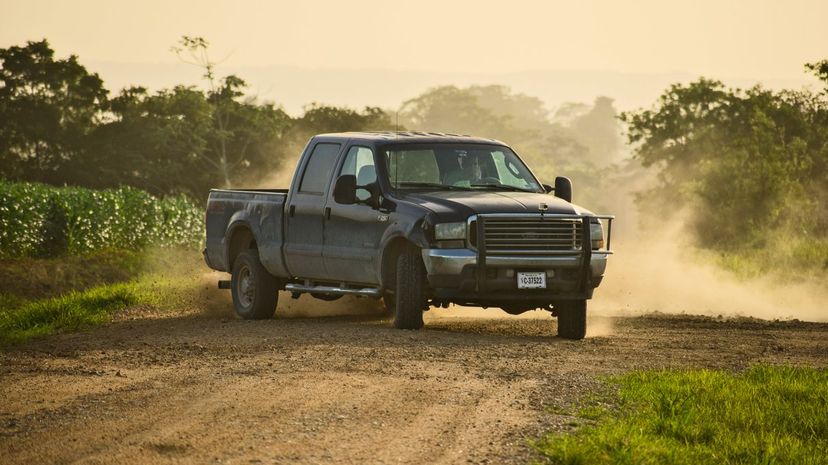
In Australia and New Zealand, a "ute" is verbal shorthand for utility vehicle, which may be a pickup truck or could be referring to an SUV or other vehicle that can get the job done.
Advertisement

Certain vehicles win the hearts of their owners and go beyond being a simple vehicle to them. The Toyota Tacoma, introduced in 1995, is one of those vehicles, with their diehard fans unwilling to drive any other truck instead of their beloved "Taco."
Advertisement
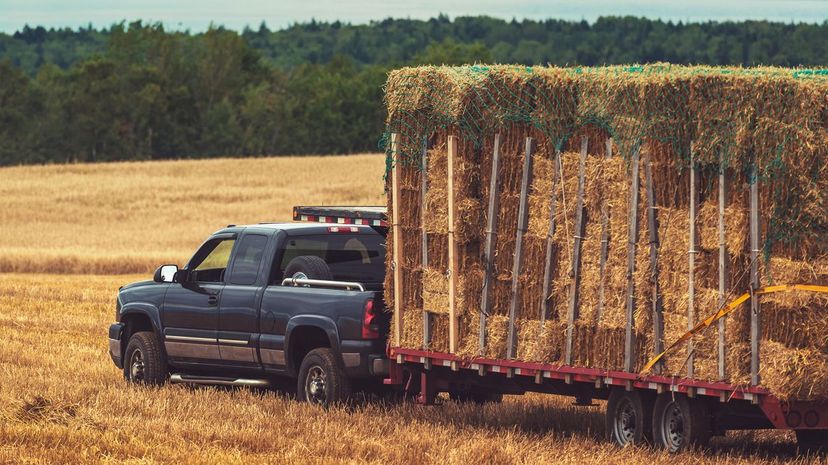
When a truck pulling a trailer backs up incorrectly, the trailer and the truck can get into such an extreme angle that the vehicle "folds" (resembling the knife that gives us this term). This incident can also happen if a truck has to brake hard.
Advertisement
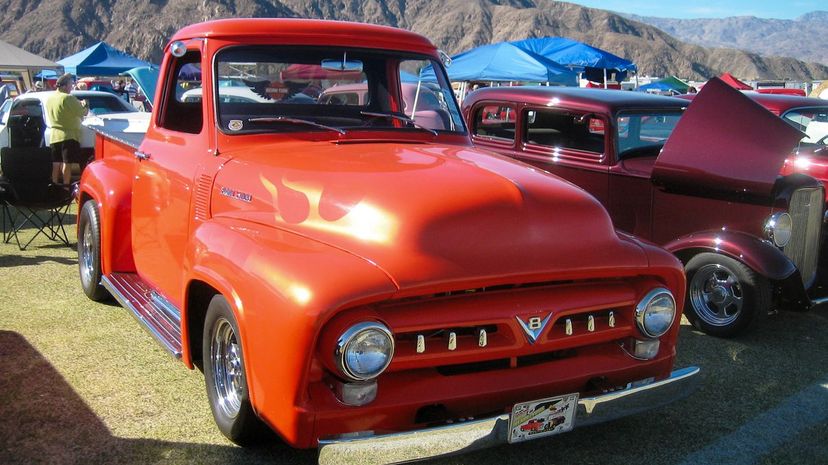
当一辆卡车爱好者提到一个“埃菲,”他们are referring to a Ford F-100 pickup built between 1953 and 1956. Ford trucks built between 1948 and 1952 are known as "Bonus Built," and those built between 1957 and 1960s are nicknamed "Refrigerators."
Advertisement
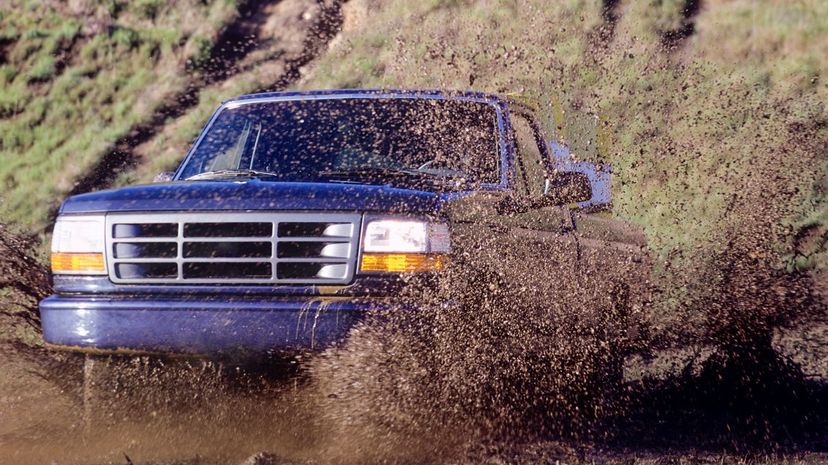
A truck with a limited-slip differential can allow two axles to rotate at a different rate to provide power to the wheel that needs it the most in a low-traction situation. The difference in the rates, however, is limited, giving the technology part of its name.
Advertisement
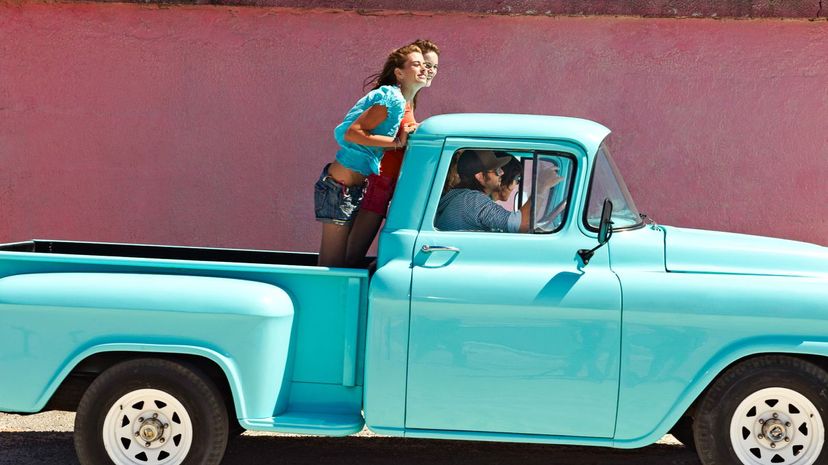
A side-step or flareside pickup is one with wheel arches that are flared outside the bed. In addition to adding to the vehicle's aesthetics, it also provided a place to step when loading or unloading the bed. Since more flare means less room for the bed, this design has fallen out of favor.
Advertisement
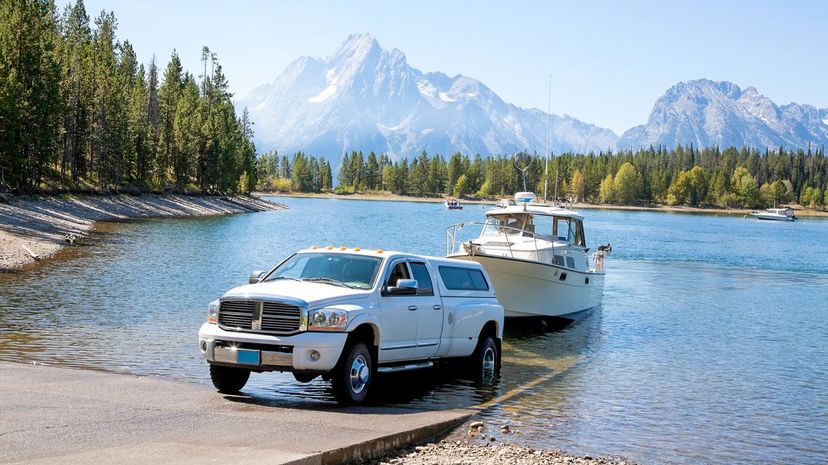
A truck's payload capacity is a measurement of how much weight it can carry in its bed and passenger compartment, while its towing capacity measures how much the vehicle can carry behind it.
Advertisement
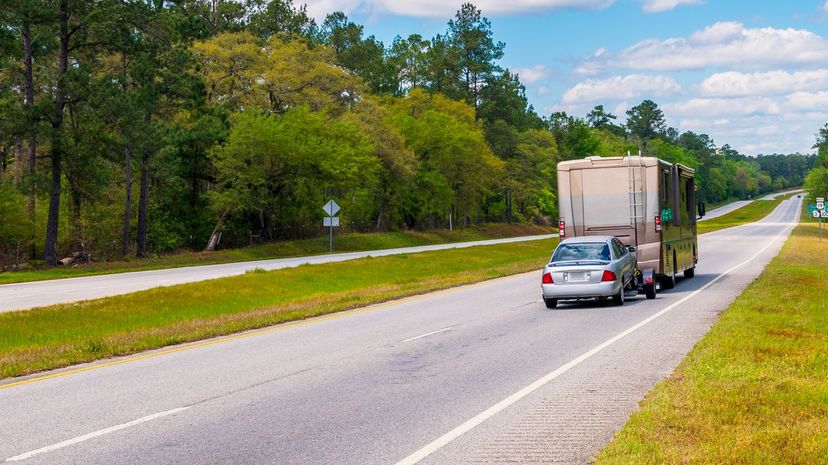
A "dinghy" refers to a smaller vehicle that is being towed behind a larger one; in the case of a pickup truck, the smaller vehicle is usually for recreational activity. This can also apply to a vehicle being pulled behind an RV (this vehicle could be a truck, so it works both ways).
Advertisement
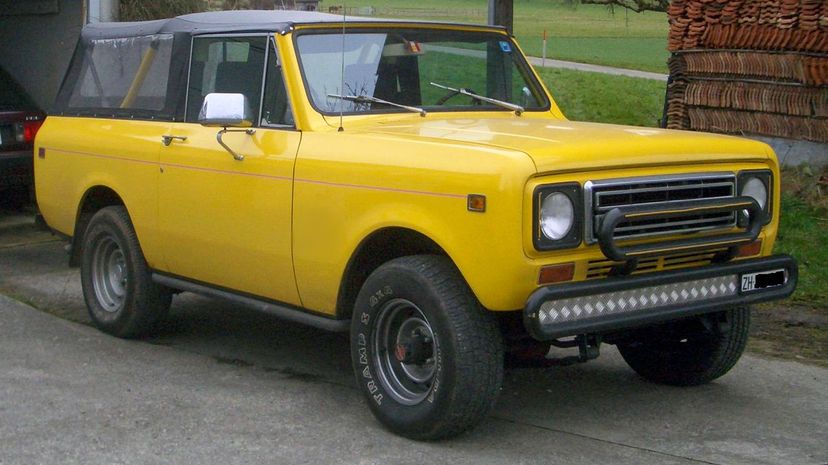
International Harvester has long been associated with agricultural vehicles and machinery, but also made vehicles such as pickup trucks from 1907 through the 1980s. The most famous of these vehicles is probably the IH Scout.
Advertisement
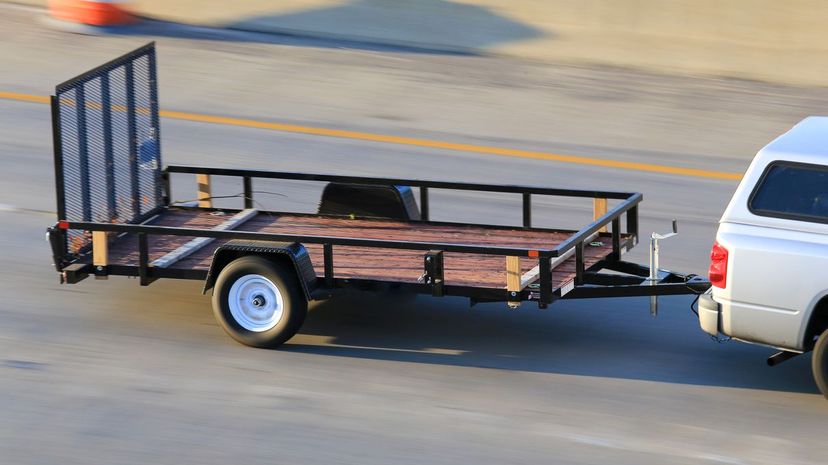
Although cars can "fishtail" in slippery conditions as well, this side-to-side motion is especially felt when a truck is towing a trailer that is difficult to control. When conditions aren't great, it's best to slow down and maintain a distance between you and the vehicles ahead.
Advertisement

When a truck is pulling a heavy load, a bed-mounted hitch is often useful. The trailer tongue is located in the bed over the rear axle and provides the connection point to the trailer. About 20% of the trailer's weight can rest on the tongue.
Advertisement
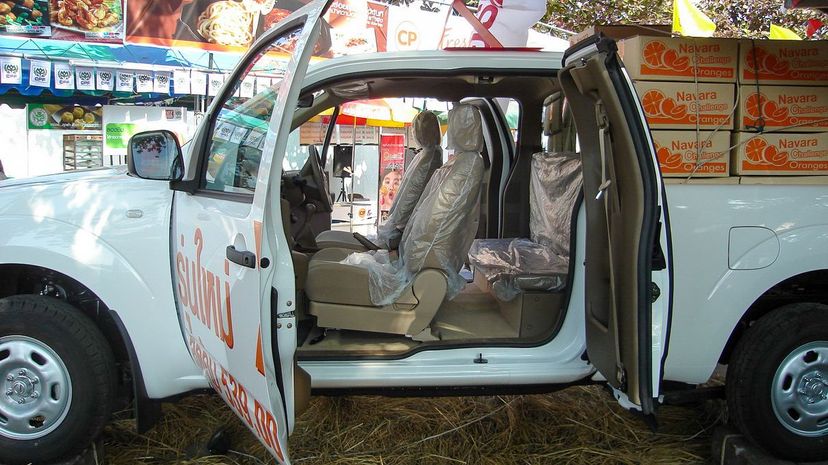
It's common for the smaller back doors of pickup trucks to be hinged at the back rather than the front, opening opposite of the main doors. The term for this construction is "suicide" doors. Manufacturers, understandably, don't use this term, preferring terms such as "rear access," "freestyle" or "rear-hinged" doors.
Advertisement
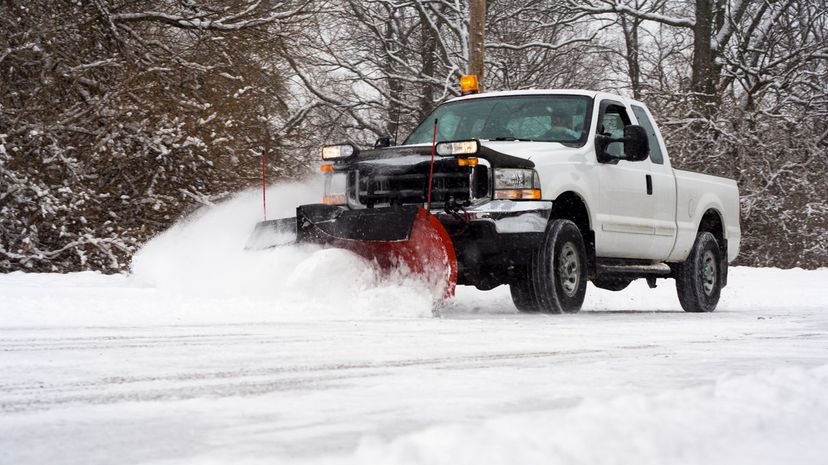
The Silverado 2500, the F-250 and the Ram 2500 are all considered to be Class 2B vehicles, with a gross vehicle weight rating (GVWR) range of 8,501 to 10,000 pounds. The GVWR range is the maximum allowed weight of the vehicle when fully loaded. The Silverado 1500, the F-150 and the Ram 1500 are considered Class 2 vehicles.
Advertisement
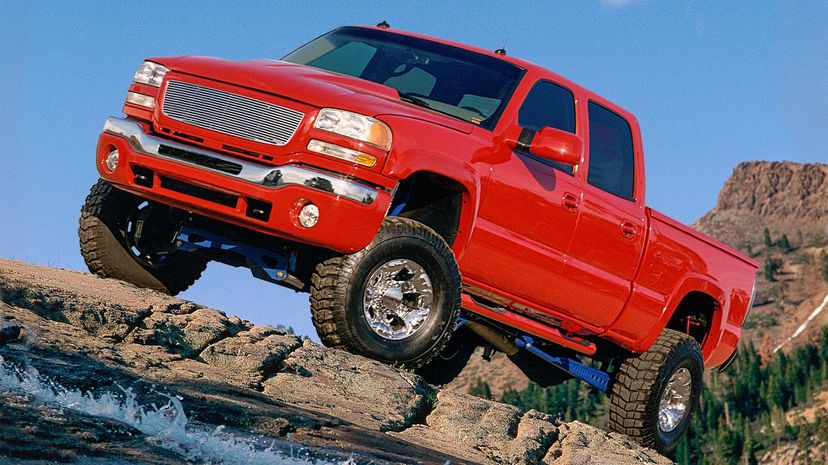
When a truck has been modified to the point that a ladder is needed to get in, it can safely be considered a "lifted" truck. These trucks have modified suspension and huge tires to be run off-road or just to be on display.
Advertisement

If you're hauling heavy loads, you might want to consider installing a headache rack, which is a metal guard placed in the back of the bed near the rear window that would protect the cab from a shifting load breaking through into the passenger compartment.
Advertisement

The bow wave is a nautical expression that truck drivers have borrowed to describe the air being pushed by the front of their truck and/or the trailer they are towing. The more aerodynamic the vehicle, the less of a bow wave (wind resistance) they have to deal with, and the better mileage they'll enjoy.
Advertisement
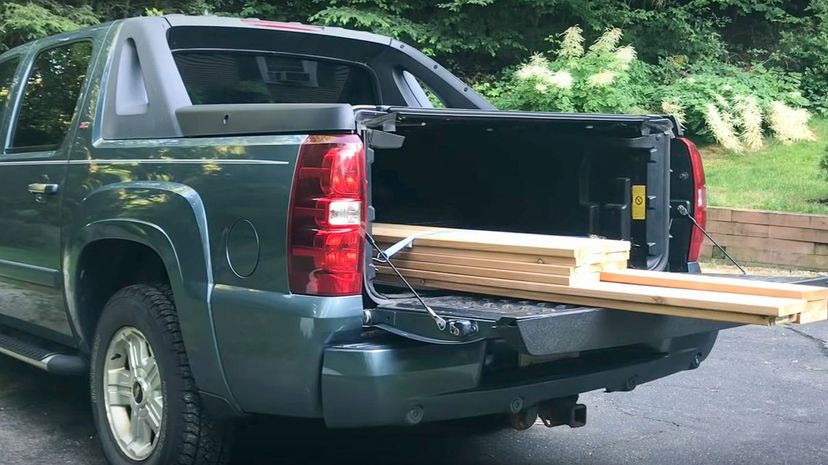
They are not a commonly used item, but a mid-gate is a door that goes from the truck's cargo bed to the passenger compartment and allows extra-long cargo to be carried. The Hummer H2 and the Chevrolet Avalanche both had this type of door.
Advertisement
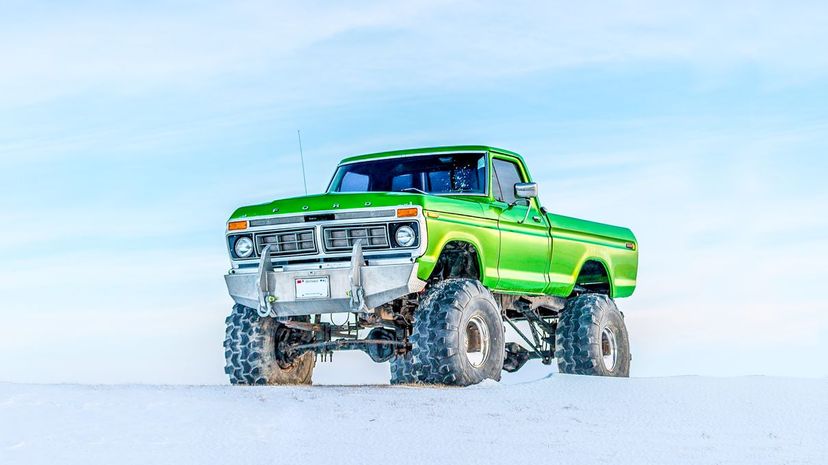
The differential housing can be found most easily on a truck with a straight axle, especially if the truck has been raised, and looks, well, like a pumpkin.
Advertisement
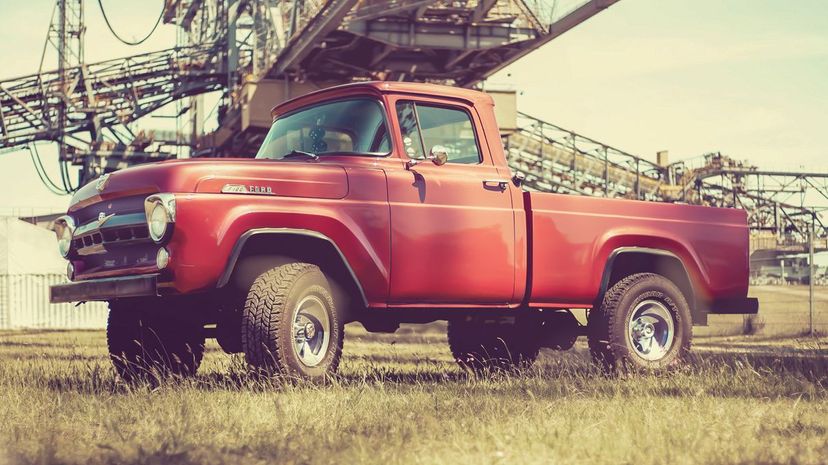
A full-floating axle is designed to only power the wheels without bearing any weight from the load on the truck. When an axle does carry part of the weight of the truck, it's said to be a semi-floating.
Advertisement
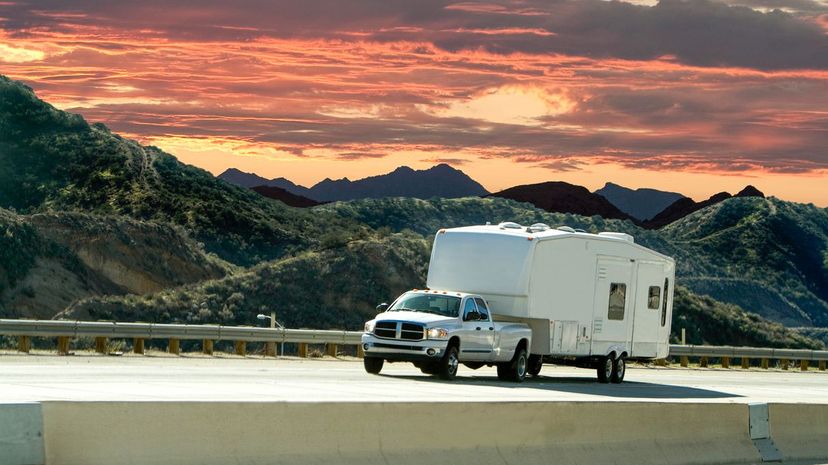
A gooseneck mount is a hitch ball that is installed in the middle of the truck's bed, over the rear axle. Trucks that are designed to pull heavy loads often have a mount for the gooseneck pre-installed and built into the truck's frame. This type of mount provides great stability, and the hitch can be easily removed if the driver needs the bed to be flat.
Advertisement
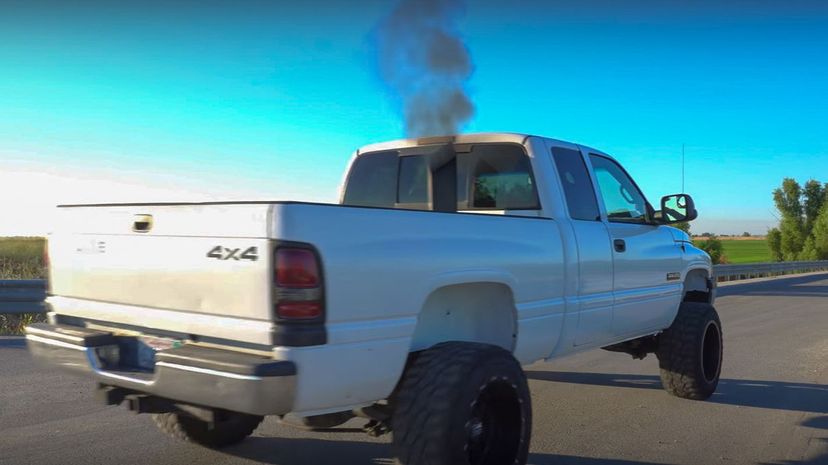
When a truck is rigged to put more diesel fuel into the engine than can be burned cleanly so that plumes of the exhaust are emitted through vertical stacks, it's called "rolling coal." It was also ruled illegal by the EPA in the United States in 2014 as a violation of the Clean Air Act.
Advertisement

A pickup truck with a cab but no bed is called a chassis cab. These are usually made so that the customer can add on their own back end for a specialized purpose; an ambulance is a good example of an end product for this type of vehicle.
Advertisement
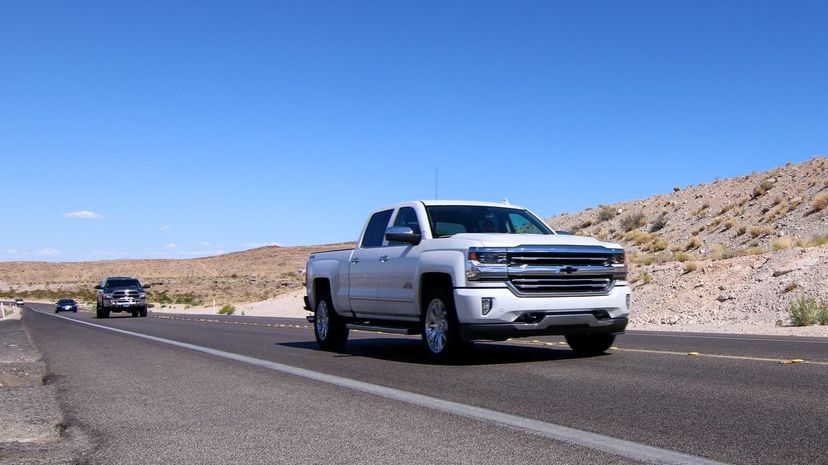
When a vehicle has a "slush box," it means that it has an automatic transmission. This term comes from the fluid-coupling of the torque converter, which transfers the engine's rotating energy to move the wheels.
Advertisement

当一辆卡车取力器(专利和商标局),这意味着it can power equipment from its transmission output shaft. This is especially useful for agricultural work; it's also how a firetruck's hose system is powered.
Advertisement
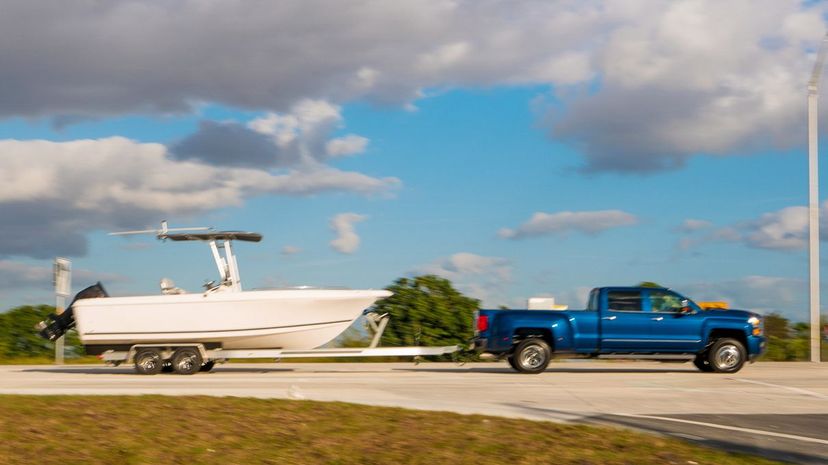
The "granny" gear, also called the "crawler" gear, is a very low gear on the transmission that offers the driver more pulling power. It's especially useful when getting a load moving from a stop.
Advertisement
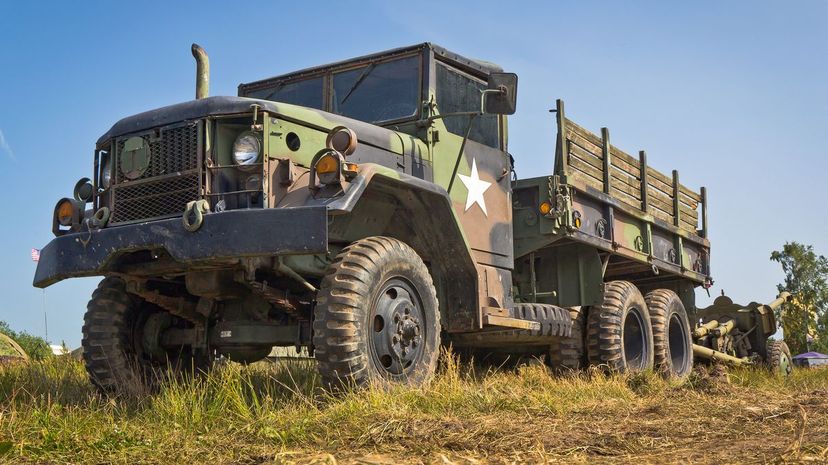
A dropside truck has a bed where the sides are hinged so they can be lowered when loading and unloading cargo. These are generally trucks used for industrial or military purposes.
Advertisement
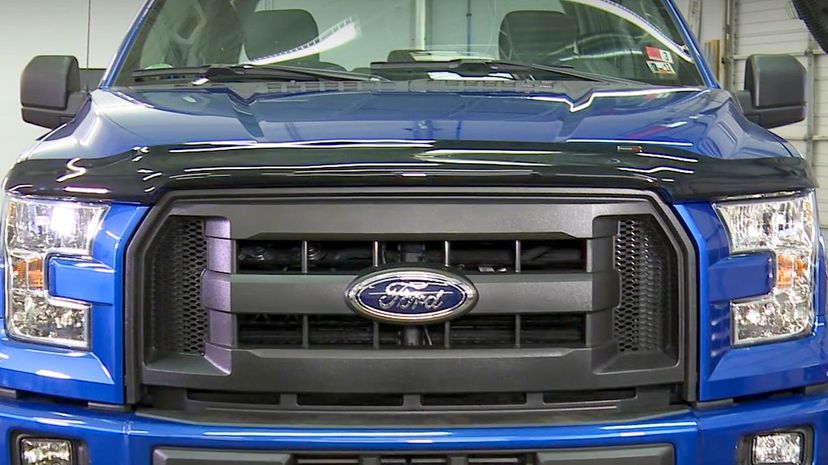
A vent visor, also called a bug shield, is designed to deflect insects and other debris you'll come across on the road away from the hood and windshield. They come in all shapes and sizes, ranging from barely noticeable to large enough to provide a space for your truck's nickname!
Advertisement


